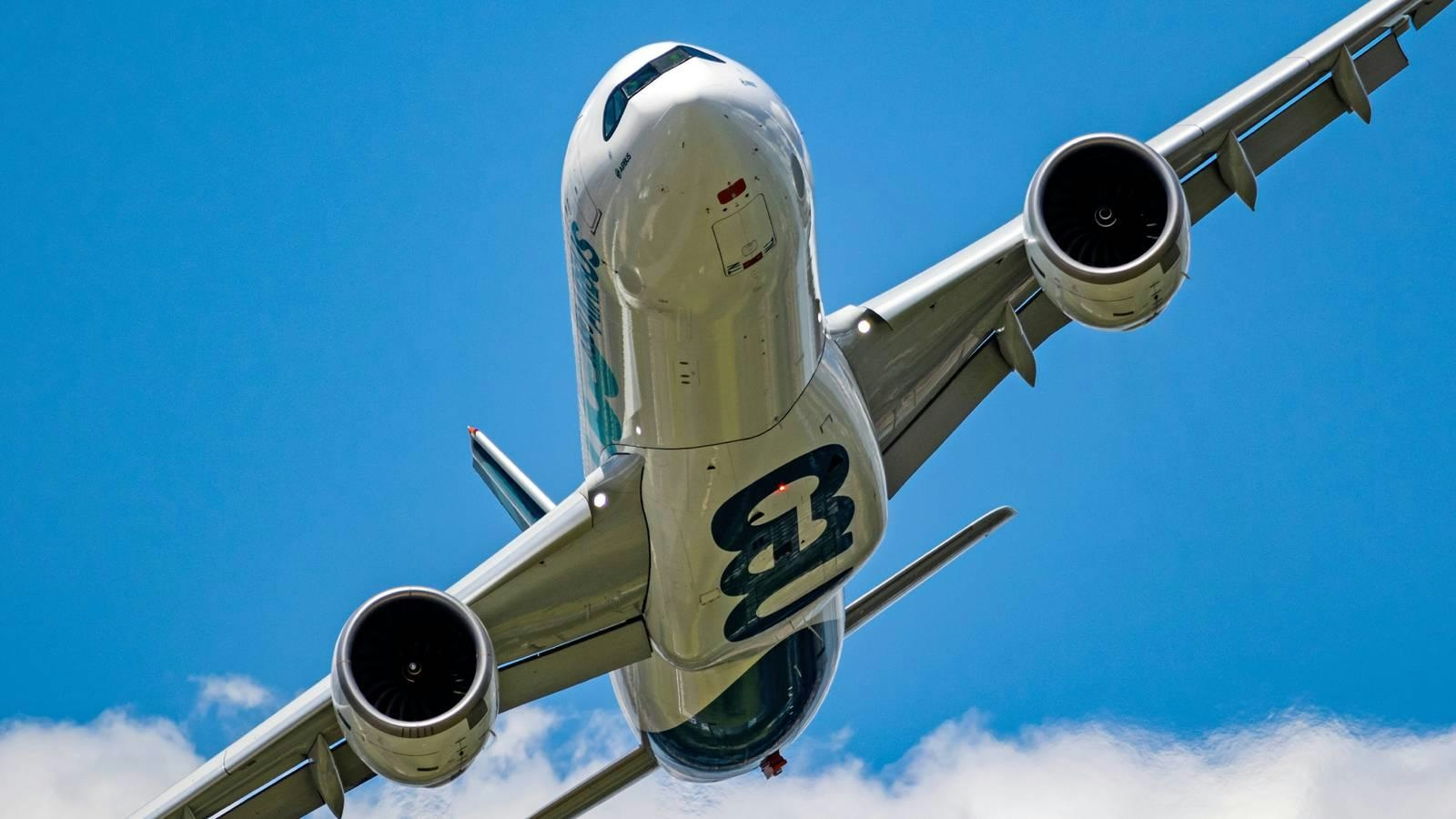
AeroGenie - مساعد الطيار الذكي الخاص بك.
الرائج الآن
Categories
Investigators Find Cracks in Engine Mount of UPS Plane That Crashed in Kentucky, Killing 14

Investigators Identify Cracks in Engine Mount of UPS Plane That Crashed in Kentucky, Killing 14
Federal investigators have unveiled critical new evidence regarding the UPS cargo plane crash in Louisville, Kentucky, which claimed 14 lives earlier this month. The National Transportation Safety Board (NTSB) disclosed on Thursday that cracks were discovered in the engine mount of the aircraft’s left wing. Dramatic images released by the agency depict the engine detaching and soaring over the wing as flames erupted shortly after takeoff.
Sequence of Events Leading to the Crash
A series of six photographs captures the catastrophic failure in detail. The images show the rear portion of the engine beginning to separate from the wing, lifting upward as fire breaks out. The final frame reveals the MD-11 aircraft barely airborne, moments before it crashed near Muhammad Ali International Airport on November 4. Flight data indicates the plane reached an altitude of only 30 feet (9.1 meters) before descending. All three crew members aboard the aircraft perished, along with 11 individuals on the ground.
The NTSB’s preliminary report represents the first formal update since the accident. Investigators noted that the aircraft, which was 34 years old, was not yet due for a comprehensive inspection of the engine mount components where the fractures were found. The plane had last undergone inspection in October 2021 and was still nearly 7,000 takeoff and landing cycles away from its next scheduled maintenance.
Jeff Guzzetti, a former federal crash investigator, commented on the findings, stating, “It appears UPS was conducting this maintenance within the required time frame, but I’m sure the FAA is now going to ponder whether that time frame is adequate.”
Industry Response and Ongoing Investigation
In response to the discovery, all MD-11 aircraft operated by UPS, FedEx, and Western Global, along with several related DC-10 models, have been grounded pending further inspections and necessary repairs. The Federal Aviation Administration (FAA) has yet to announce any additional regulatory measures.
Aviation experts emphasize that fatigue cracks are a recognized hazard in aging aircraft, particularly in components such as engine mounts that are subject to continuous vibration. John Cox, an aviation safety consultant, explained, “It’s just a question of how often those parts need to be inspected and what maintenance is required.”
The cockpit voice recorder revealed that an alarm bell sounded approximately 37 seconds after the crew requested takeoff thrust, according to the NTSB. The circumstances of this crash bear resemblance to a 1979 American Airlines DC-10 accident, in which the left engine also detached shortly after takeoff.
Sean Garber, owner of an auto salvage yard near the airport that was struck by the plane, described the incident as “a man-made, human error tragedy.” All 14 victims have been identified.
Authorities continue to investigate the crash, focusing on whether current inspection intervals and maintenance protocols for aging cargo aircraft require revision in light of this disaster.
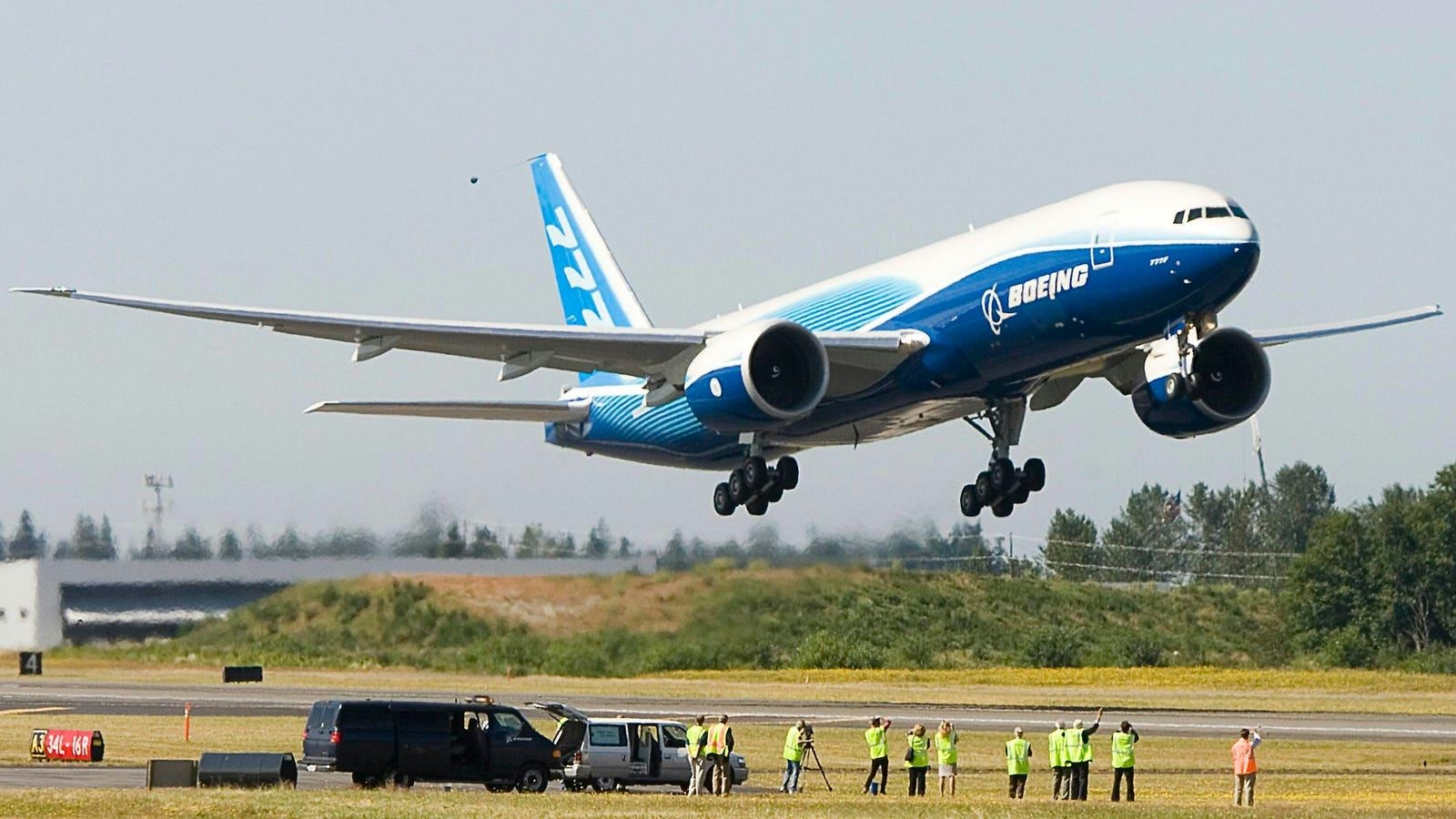
New Aircraft to Succeed the Boeing 777-200LR
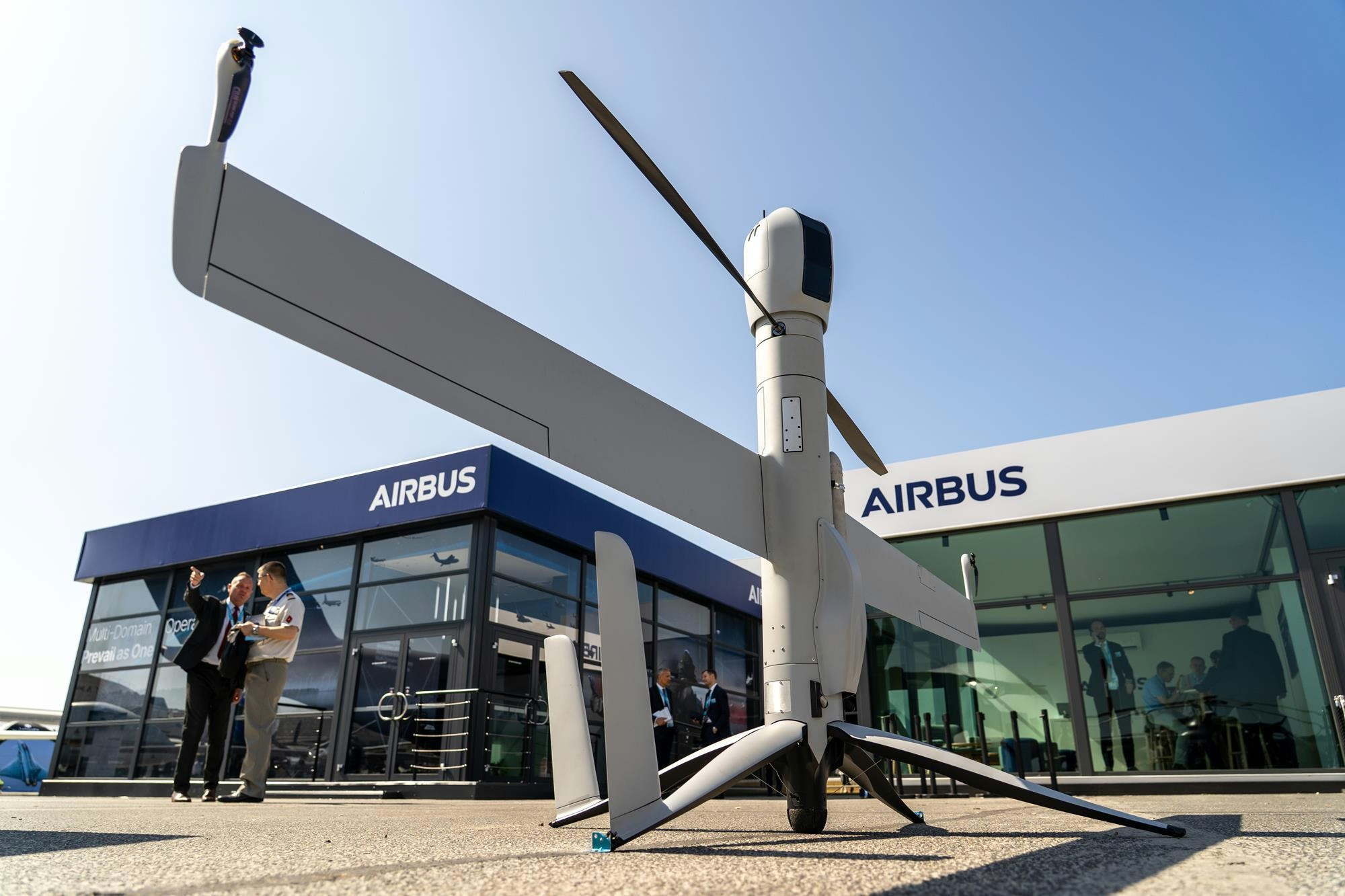
Uzbekistan Becomes First in Central Asia to Order Airbus Flexrotor Drones
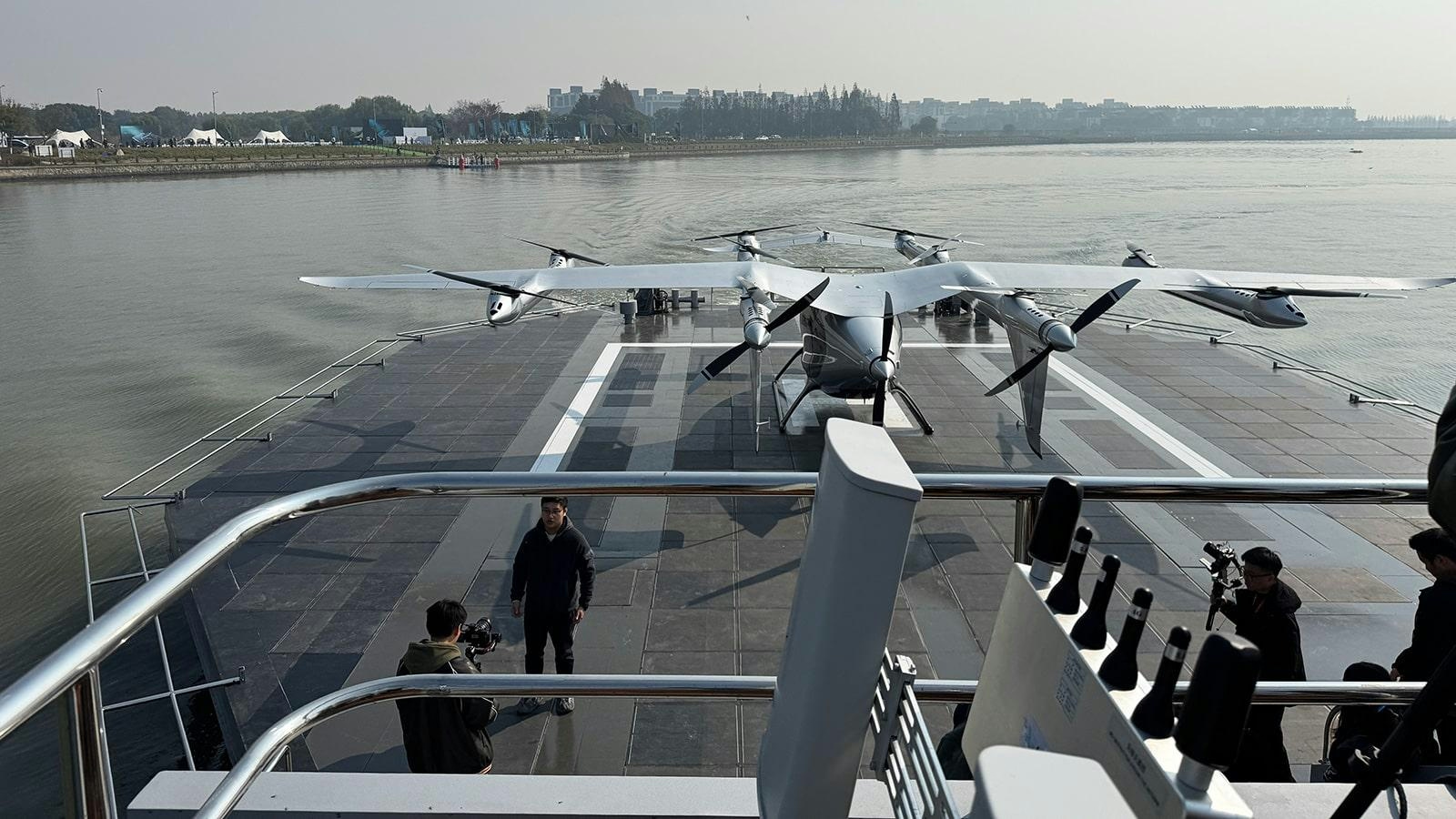
AutoFlight Unveils Zero-Carbon eVTOL Water Vertiport

SmallRig Partners with Photographer Chen Cheng to Advance Aerial Imaging

Aviation Lease Rates Hit Record High
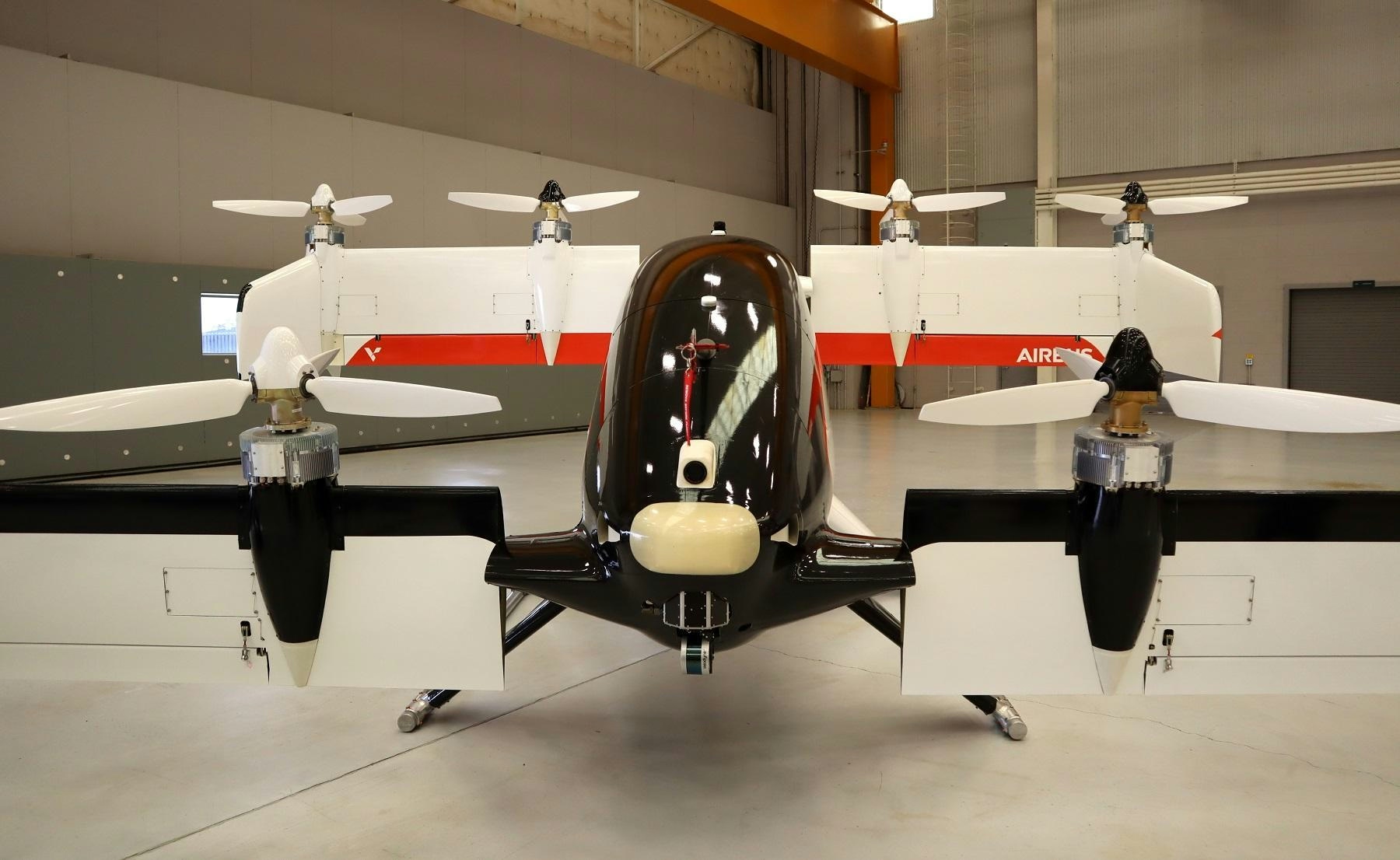
Inside a Four-Seater Flying Taxi Designed for Future Pilotless Flights

Dubai Prioritizes Public Safety Ahead of 2026 Air Taxi Launch

Emirates Airlines Unveils Major Initiatives at Dubai Airshow
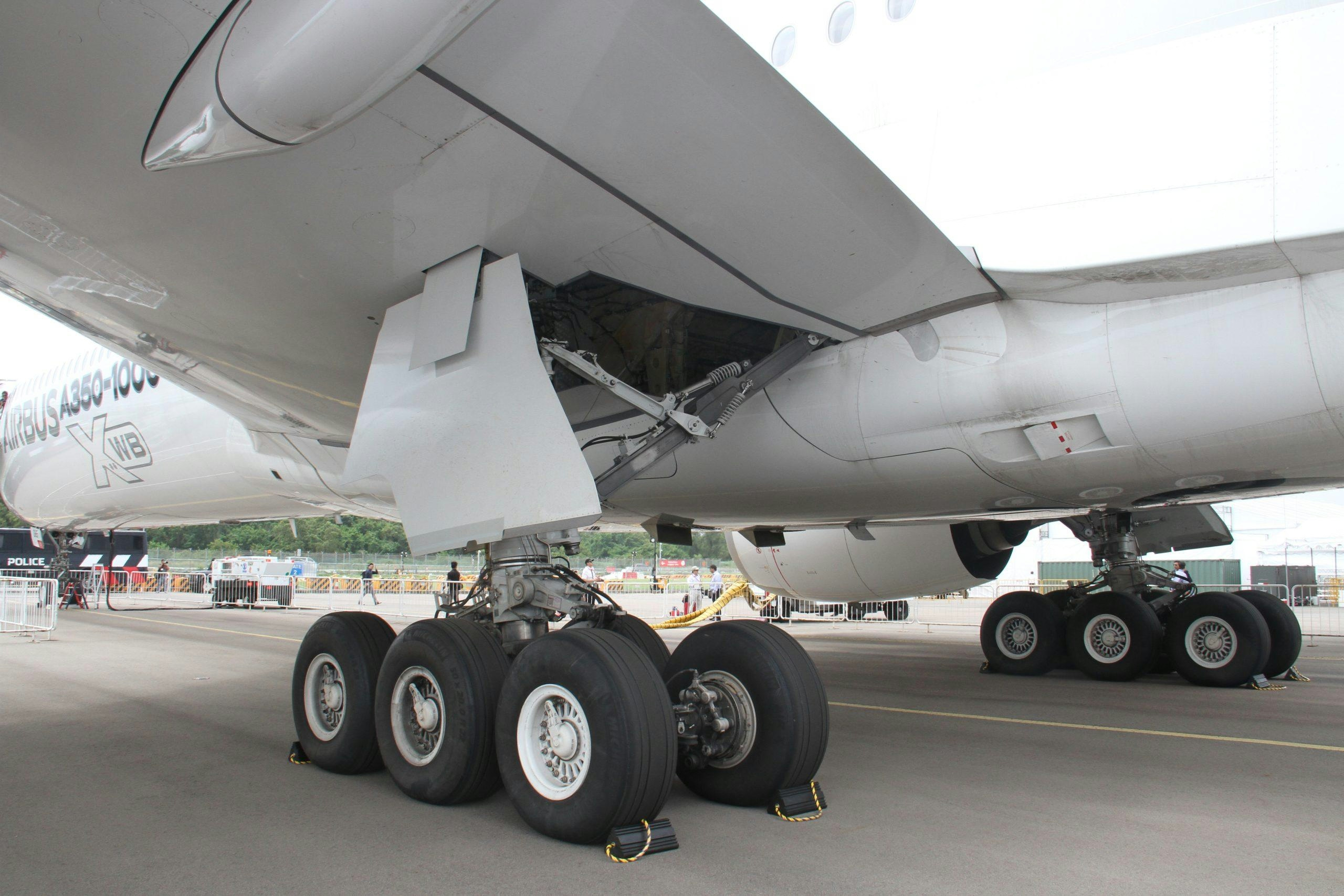
Why Airbus Markets the A350 as a Long-Range Leader
